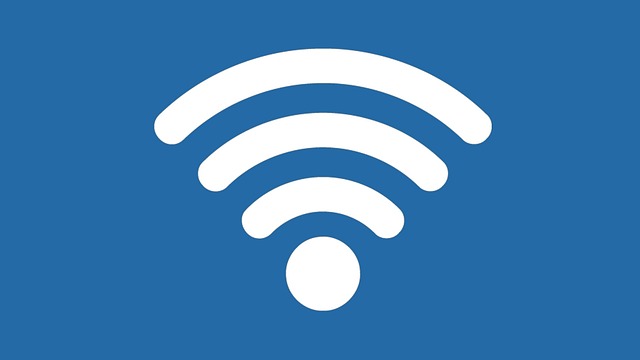Structured cabling for Wireless Access Points (WAPs) enhances network performance and coverage by enabling seamless roaming, reducing signal loss, and minimizing interference. Using standards like CAT6 or higher ensures optimal connectivity, simplifying WAP management, and improving reliability in dynamic environments. This approach is crucial for secure wireless networks in diverse locations, offering users consistent high-speed access through strategic cable planning and robust security measures.
In today’s digital era, seamless roaming and connectivity are paramount. Multi-access point (WAP) cabling, built on structured cabling foundations, revolutionizes network performance. This article explores the fundamentals of multi-access point cabling, highlighting its benefits for structured cabling systems. We delve into designing robust roaming networks and ensuring reliable, secure connectivity. By understanding these aspects, IT professionals can create efficient, future-proof wireless environments.
Understanding Multi-access Point Cabling Basics
Multi-access point (WAP) cabling is a crucial element in creating a robust and reliable wireless network infrastructure. It involves the strategic deployment of structured cabling to connect multiple access points, ensuring seamless roaming and connectivity for users across a large area. This approach offers several advantages over traditional point-to-point connections, such as increased flexibility, scalability, and cost-effectiveness.
The basics of multi-access point cabling include designing a network topology that efficiently links WAPs via fiber or copper cables. Structured cabling standards, like CAT6 or higher, are often employed to accommodate high-speed data transfer rates demanded by modern wireless networks. Proper cabling practices ensure minimal signal loss, interference reduction, and optimal performance, allowing for improved coverage and user experience.
Benefits of Structured Cabling for WAPs
Structured cabling for WAPs (Wireless Access Points) offers numerous advantages in creating a robust and efficient network infrastructure. One of its key benefits is ensuring seamless roaming for users as it allows for easy connectivity across different access points without dropouts or slow speeds. This is achieved through a well-designed cabling system that provides consistent data transmission, enabling devices to move freely between WAPs while maintaining optimal performance.
Additionally, structured cabling enhances network management and scalability. It simplifies the process of adding or relocating WAPs, as the organized cable layout ensures quick and precise connections. This flexibility is vital for dynamic environments where network requirements may change frequently. Structured cabling also contributes to improved reliability, reduced downtime, and easier troubleshooting due to its standardized and mapped architecture.
Designing a Seamless Roaming Network
Designing a seamless roaming network involves careful planning and implementation of structured cabling for Wireless Access Points (WAPs). The goal is to create an interconnected environment where users can seamlessly move between different areas without experiencing disruptions in connectivity or performance. This requires strategically placing WAPs to cover all zones, ensuring optimal signal strength and bandwidth availability.
Structured cabling plays a pivotal role in achieving this by providing reliable and high-speed connections between the WAPs and core network infrastructure. By employing well-designed cable layouts and using high-quality connectors and media, network administrators can minimize signal loss, maximize coverage, and guarantee consistent data transmission. This results in enhanced user experiences, enabling smooth roaming across buildings or even outdoor spaces.
Ensuring Connectivity Reliability and Security
Structured cabling for Wireless Access Points (WAPs) plays a pivotal role in ensuring reliable and secure connectivity across diverse environments, from bustling office spaces to remote work settings. By integrating a well-designed structured cabling system with WAPs, network administrators can significantly minimize connectivity issues that often plague wireless networks. This involves meticulously planning cable layouts, selecting suitable media types like Cat6a or higher for optimal data transfer rates, and ensuring proper termination to prevent signal degradation.
Moreover, the integration of security measures within this structured cabling infrastructure is paramount. Encompassing features such as encryption protocols (like WPA2/WPA3), VLAN segmentation for network isolation, and access control lists (ACLs) helps fortify the wireless network against unauthorized access and malicious activities. This comprehensive approach guarantees that users enjoy not only seamless roaming but also a robust and secure connectivity experience.
Multi-access point (WAP) cabling, facilitated by structured cabling, offers businesses a robust solution for seamless roaming and enhanced connectivity. By understanding the basics, leveraging the benefits of structured cabling, designing efficient networks, and prioritizing reliability and security, organizations can create a high-performance wireless environment that caters to modern demands. Structured cabling for WAPs is not just an infrastructure choice—it’s a strategic investment in future-proof network capabilities.
